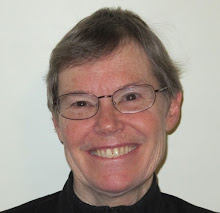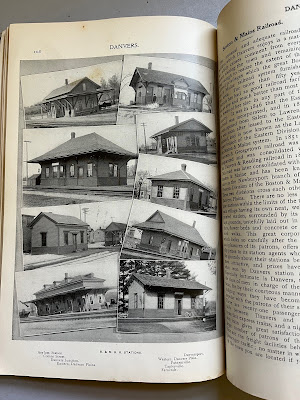Here's a piece I wrote in 2017 about old family chairs. It does not mention the Victorian high chair (mentioned in my previous post), but it provides some context about our family's habit of retaining old things.
Considering a conundrum of chairs
By Sandy Nichols Ward
Once upon a time, when my father in his 80’s was preparing to move to a retirement community in California, carloads of chairs and antiques came my way. I happened to be living in a very large rented house near my new job in western Massachusetts, and was happy to acquire some family tables, chairs, and chests to help furnish empty rooms. I was also delighted to “inherit” certain special pieces while my father was still alive; I enjoyed hearing his related memories and stories.
As the carloads kept coming, I realized that I was also taking on the responsibility of storing New England antiques and family items that my sister would eventually inherit. A very heavy and handsome desk arrived, and more tables, more chairs, more boxes. My father was quite cheerful as he unburdened himself of long-held stuff, and prepared for a new life in a warmer clime.
It became clear that he was bringing to me whatever he no longer needed or wanted, clearing out his home while filling mine. This was a mixed blessing. As he handed me one box filled with old papers, he commented that someone had passed it to him long ago and he never knew what to do with it, so now it would be my turn to decide. I set aside such boxes, focusing instead on arranging in the living room familiar chairs from my childhood, including the ones my mother had called “Hitchcock chairs.”
It was fun to see those distinctive old chairs again. There were four side chairs and two armchairs. I recall Mommy muttering that the armchairs, with arms already broken, were reproductions, newer than the originals. But by the time I received them, the originals were also quite worn and fragile, with evidence of repairs here and there. I smiled today when I found this apt description on a webpage: “Everyone knows what Hitchcock chairs are, right? They are the small, rickety chairs with the rush or cane seats, usually painted black with a lot of leaves and flowers and fruit painted all over.”
Rickety is the right word. What do you do with rickety chairs of sentimental value? For a while I was pleased to have them in my home. After an awkward incident, however, I learned to warn large guests NOT to sit on them. Perhaps I should have marked the chairs with caution tape, or “For Display Only” signs, but I didn’t want the living room to look like a museum. I felt caught in a puzzle that I couldn’t solve:
- These chairs are too fragile to use
- These chairs are too special to discard
- Fixing them would cost more (in money or time) than I want to spend
The conundrum of the Hitchcock chairs was solved two years later, when I invited my sister Jean to come from New Mexico to select her share of the Danvers furniture. She expressed strong interest in the Hitchcock chairs, but worried that her children would be rough on them. I encouraged her to take them anyway and enjoy them while they last.
What’s the point of saving chairs that can’t be safely used by large adults? I felt relieved when the big truck carrying my sister’s choices pulled out of the driveway, thus lightening the load before I moved into a smaller home in 1995. In the years since, on various trips to NM, I have enjoyed seeing those chairs and other Danvers “treasures” in their new context. I still retain a selection of family antiques in western Massachusetts, but no rickety chairs in the living room.












.jpeg)
.jpeg)















.jpeg)




















